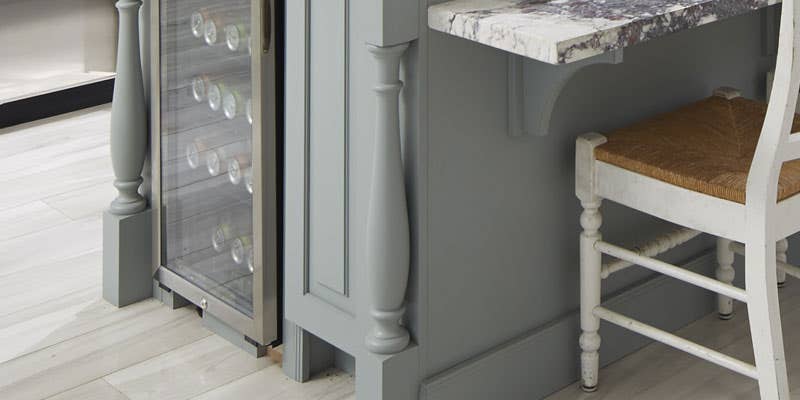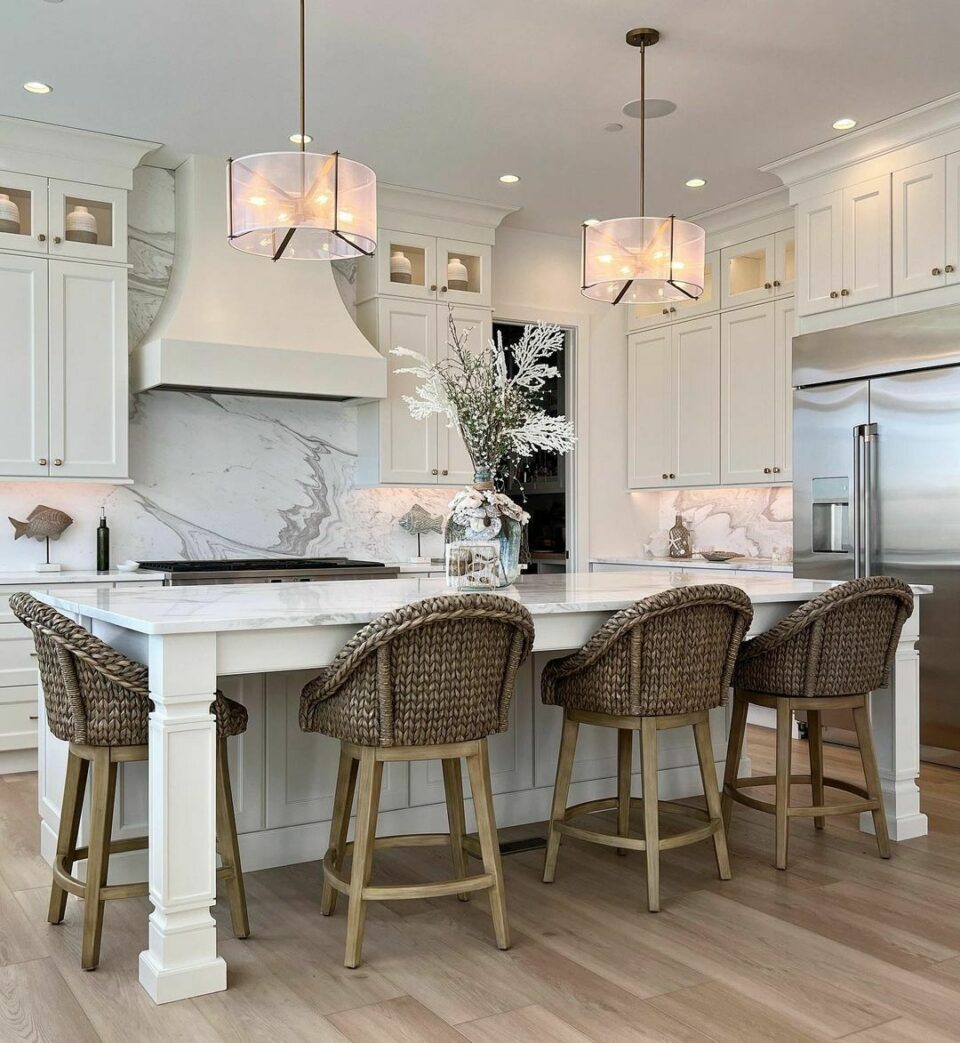Vital Aspects to Think About When Choosing Legs For Cooking Area Island
Picking the proper legs for a kitchen area island involves a careful analysis of several elements that can significantly affect both performance and aesthetic allure. Amongst these, the choice of product plays an essential function in ensuring durability, while the layout needs to complement the existing style. Factors to consider such as height and weight assistance are vital for stability and convenience. As we explore these components, it becomes clear that each choice can have significant effects for the general cooking area experience. What nuances should be taken into consideration in each of these classifications to attain the optimal balance?
Product Options
When selecting legs for a kitchen area island, recognizing the various material choices is crucial for achieving both aesthetic allure and structural stability (Legs For Kitchen Island). The option of product significantly influences not only the toughness of the island but also its general style and capability
Metal legs, frequently made from stainless steel or wrought iron, contribute a modern-day and industrial feeling while making certain durability and stability. These products are immune to use and can support significant weight, making them suitable for larger islands.
One more option is engineered products, like MDF or plywood, which can be a lot more economical while still using a variety of finishes. They might not supply the exact same level of security as solid wood or steel. Legs For Kitchen Island. Finally, materials such as acrylic or glass can develop a modern appearance, though they may require added assistance to guarantee security.
Inevitably, the choice of material for cooking area island legs ought to align with the preferred functionality and the total style of the cooking area.
Design and Design

When thinking about style, the shape and surface of the legs are vital. Conical legs can supply a sense of lightness and beauty, while thicker, a lot more robust legs can communicate strength and stability. Additionally, the finish-- be it repainted, tarnished, or all-natural-- must match the cabinets and counter top materials to develop a unified appearance.
In addition, the style of the legs can likewise reflect personal preference. Custom-made or ornamental legs, such as those featuring intricate makings or one-of-a-kind geometric forms, can serve as prime focus, including personality and personality to the kitchen. Inevitably, the ideal option will not only improve performance but additionally raise the aesthetic allure, making the kitchen area island a standout feature of the home.
Elevation Factors To Consider
Picking the suitable elevation for kitchen island legs is vital, as it directly affects both capability and convenience. The conventional elevation for a kitchen island normally varies from 36 to 42 inches, aligning with typical kitchen counter heights.

It is also crucial to represent users' choices and elevations. Customizing the elevation can guarantee a comfortable experience for all relative, making the cooking area island a much more enjoyable and practical space.
Weight Assistance
Guaranteeing adequate weight assistance for kitchen island legs is crucial for both safety and view website performance. The kitchen island commonly serves several purposes, including cooking, dining, and added storage, requiring a durable assistance structure. When picking legs, it is essential to take into consideration the overall weight capability required based upon the island's intended usage and the products that will be put on it.
The selection of material for the legs plays a considerable duty in their weight-bearing capabilities. Solid timber, steel, and heavy-duty composites usually provide exceptional toughness contrasted to lighter materials. Furthermore, the style of the legs-- whether they are right, tapered, or have a pedestal form-- can influence their capability to disperse weight properly across the structure.
Always speak with the producer's specifications regarding load restrictions to make certain that the legs can maintain the desired weight without jeopardizing security. In summary, selecting cooking area island legs with ample weight assistance is vital for producing a useful and risk-free culinary space.
Installment and Upkeep
Appropriate installment and maintenance of cooking area island legs are vital for ensuring durability and stability. This commonly involves protecting the legs to the island base using proper bolts, guaranteeing that the legs are degree and aligned.
As soon as installed, routine upkeep is required to maintain the integrity and appearance of the legs - Legs For Kitchen Island. For wood legs, periodic cleaning with a wet cloth and application of appropriate timber gloss can avoid dampness damages and maintain their surface. Steel legs may require a mild cleansing solution to eliminate oil and crud, followed by a dry fabric to avoid rust formation
Additionally, examine the legs consistently for indicators of wear or damage, such as cracks or loose joints. Tightening screws or bolts as needed can also prolong the lifespan of the legs. By sticking to these installment and upkeep techniques, home owners YOURURL.com can make certain that their cooking area island continues to be tough and aesthetically appealing for several years ahead.
Verdict

Visual comprehensibility is extremely important in selecting the style and style of legs for a kitchen area island, as these aspects substantially affect the overall ambiance of the space. Tapered legs her response can offer a sense of lightness and sophistication, while thicker, a lot more durable legs can share toughness and security.Picking the ideal elevation for cooking area island legs is crucial, as it directly impacts both functionality and comfort. In recap, picking cooking area island legs with ample weight assistance is crucial for developing a useful and secure cooking area.
In conclusion, selecting legs for a kitchen island necessitates mindful factor to consider of different aspects, including material options, design, elevation, weight support, and installation.
Comments on “Explore Modern and Standard Layouts in Legs For Kitchen Island Projects”